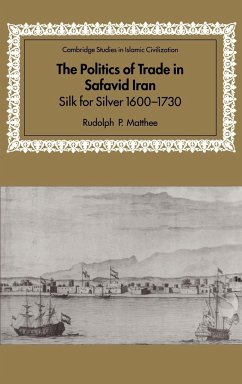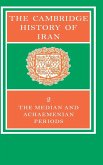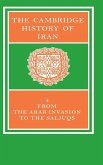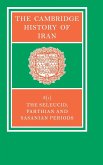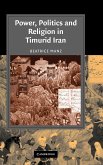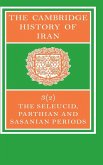Using a wide range of archival and written sources, Rudi Matthee considers the economic, social and political networks established between Iran, its neighbours and the world at large, through the prism of the late Safavid silk trade. In so doing, he demonstrates how silk, a resource crucial to state revenue and the only commodity to span Iran's entire economic activity, was integral to aspects of late Safavid society, including its approach to commerce, export routes and, importantly, to the political and economic problems which contributed to its collapse in the early 1700s. In a challenge to traditional scholarship, the author argues that despite the introduction of a maritime, western-dominated channel, Iran's traditional land-based silk export continued to expand right up to the end of the seventeenth century. The book promises to make a major theoretical contribution to the current debates on the social and economic history of the pre-modern world.
Table of contents:
Introduction; 1. The Iranian silk trade; 2. Procedures, logistics, finances; 3. Shah Abbas I and the Safavid political economy; 4. Government control and growing competition; 5. The complications of privatization; 6. Conflict and reorientation; 7. Renewed regulation and the rise of the Russian connection, 1660s-1690s; 8. Contraction and continuity, 1690-1730; Conclusion.
This is the first book to consider the importance of the silk trade in Safavid Iran and its commercial relationship with its European neighbours. Theoretical and innovative, it will make a major contribution to current debates on the social and economic history of the pre-modern world.
The first book to consider the economic, social and political importance of the silk trade in Safavid Iran.
Table of contents:
Introduction; 1. The Iranian silk trade; 2. Procedures, logistics, finances; 3. Shah Abbas I and the Safavid political economy; 4. Government control and growing competition; 5. The complications of privatization; 6. Conflict and reorientation; 7. Renewed regulation and the rise of the Russian connection, 1660s-1690s; 8. Contraction and continuity, 1690-1730; Conclusion.
This is the first book to consider the importance of the silk trade in Safavid Iran and its commercial relationship with its European neighbours. Theoretical and innovative, it will make a major contribution to current debates on the social and economic history of the pre-modern world.
The first book to consider the economic, social and political importance of the silk trade in Safavid Iran.

